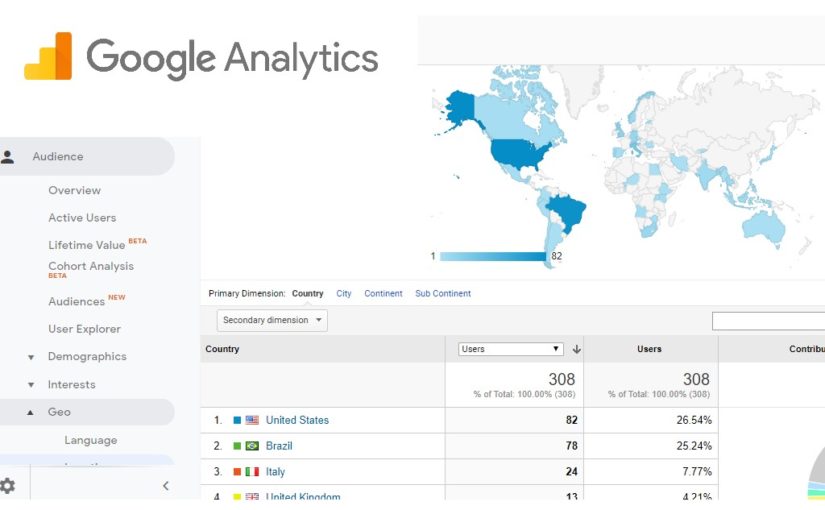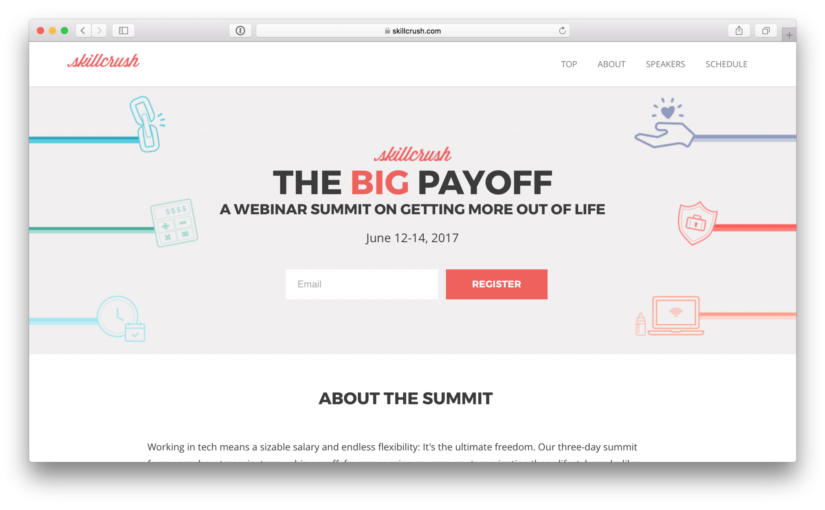I just finished the Lynda.com Learning to Write Marketing Copy course by Ian Lurie. Ian Lurie is the founder and CEO of Portent, a digital marketing agency that practices search, social media, content and analytics for clients like Fox Television and Fender Guitars.
My biggest takeaway from this course is that it is really critical to block off a chunk of time and to just write for a whole hour or 45 minutes with a distraction-free environment.
Some advice from Lurie:
“Now, turn off your instant messaging, silence your cell phone, close email and any other devices, channels, transmitters, distractors that you have that might interrupt your thinking.
Quick aside here, if you’ve watched this course start to finish, you’ve noticed by now that I’m kind of obsessed with avoiding interruptions.
Why is that? Because in my experience a five minute interruption means 25 minutes of time getting back into the flow of your work. I’ve had great ideas ready to write down, only to have a rogue house cat jump into my lap or colleague ask a question, and poof, the idea is gone.”
I just started doing this while being at home. It is incredibly hard, if not impossible, to create a distraction-free environment during the day with a three-month-old daughter who wakes up after a 15-minute nap and starts screaming because of a wet diaper. I’ve learned that the best time to try to get work done is either in the early morning or late evening, when my daughter is the most likely to sleep for a longer stretch of time.
The first step is to freewrite, where you jot everything down that comes to your mind, without interruption and without editing. After that, you go back and edit for clarity, grammar and spelling.
Start to think about who your audience is for the copywriting, what collateral you will use to reach them, what tone of voice is appropriate for the writing. The type of writing you would use for a Facebook or Twitter post is very different in tone from a piece you would write for printed materials.
As with any good writing, simplify as much as possible. Cut out words that are unnecessary, make the writing clear and concise.
Also important is to include a call to action when copywriting. Be direct and tell the consumer why this product matters to them. Why should they care?
An example of a call to action from Lurie: “Want to learn what makes the HH1 bicycle helmet the most advanced, most protective, lightest bicycle helmet on the market? Read on.”
Overall, this was a very good course from Lurie on marketing copywriting and I will be posting a copywriting sample for my writing portfolio soon. If you would like to learn more about the fundamentals of marketing copywriting, check out Ian Lurie’s Lynda.com course here.



